wetfly1
Member
- Joined
- Jul 27, 2009
- Messages
- 48
I'm new to the forum and the excitement in anticipation of spring has gotten me back to the vise for the first time in a month or so... I thought I would send along some pics of what my rusty fingers have been putting out! I've been mainly working on filling up my spider and wetfly box lately. I am also including some of my all-time favorite dries and nymphs; with a couple of steelhead patterns as well!
I'm sorry for the amount of pictures... I haven't posted any photos in a while I'm not trying to go overboard!
I'm not trying to go overboard!
I'm sorry for the amount of pictures... I haven't posted any photos in a while
Attachments
-
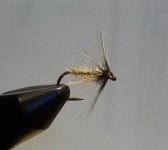 coyote greenwell.jpg45.5 KB · Views: 8
coyote greenwell.jpg45.5 KB · Views: 8 -
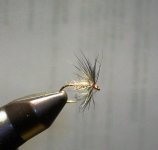 iron blue dun.jpg44.7 KB · Views: 3
iron blue dun.jpg44.7 KB · Views: 3 -
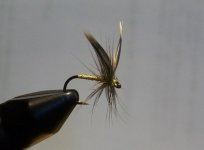 greenwell's glory.jpg50 KB · Views: 5
greenwell's glory.jpg50 KB · Views: 5 -
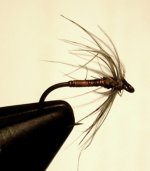 jasper spider.jpg48.7 KB · Views: 4
jasper spider.jpg48.7 KB · Views: 4 -
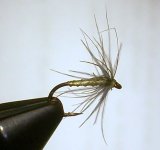 yellow spider.jpg81.4 KB · Views: 6
yellow spider.jpg81.4 KB · Views: 6 -
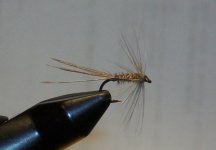 pheasant and gray.jpg47.9 KB · Views: 4
pheasant and gray.jpg47.9 KB · Views: 4 -
 partridge and orange.jpg43.4 KB · Views: 6
partridge and orange.jpg43.4 KB · Views: 6 -
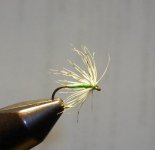 partridge and green.jpg44 KB · Views: 5
partridge and green.jpg44 KB · Views: 5 -
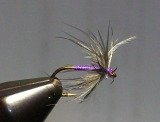 starling and purple.jpg26.7 KB · Views: 6
starling and purple.jpg26.7 KB · Views: 6 -
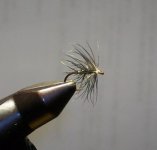 stewarts spider.jpg41.5 KB · Views: 4
stewarts spider.jpg41.5 KB · Views: 4 -
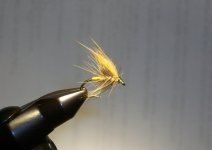 fox and orange.jpg48.5 KB · Views: 5
fox and orange.jpg48.5 KB · Views: 5 -
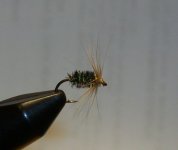 ginger herl.jpg48 KB · Views: 3
ginger herl.jpg48 KB · Views: 3 -
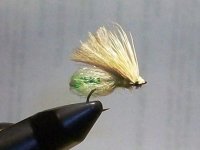 glass butt caddis emerger.jpg53.2 KB · Views: 5
glass butt caddis emerger.jpg53.2 KB · Views: 5 -
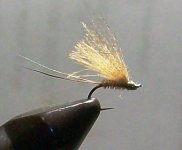 cdc micro-mayfly.jpg53.3 KB · Views: 3
cdc micro-mayfly.jpg53.3 KB · Views: 3 -
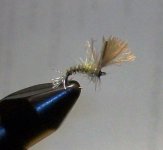 cdc midge emerger.jpg44.8 KB · Views: 7
cdc midge emerger.jpg44.8 KB · Views: 7 -
 deer hair caddis emerger.jpg62.1 KB · Views: 5
deer hair caddis emerger.jpg62.1 KB · Views: 5 -
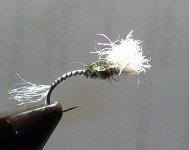 snowshoe zebra emerger.jpg49.5 KB · Views: 6
snowshoe zebra emerger.jpg49.5 KB · Views: 6 -
 red hot midget ant.jpg46.9 KB · Views: 5
red hot midget ant.jpg46.9 KB · Views: 5 -
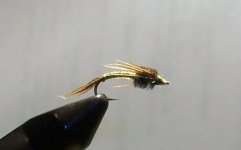 pheasant tail.jpg42.6 KB · Views: 5
pheasant tail.jpg42.6 KB · Views: 5 -
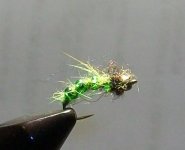 glass caddis pupa.jpg47.9 KB · Views: 5
glass caddis pupa.jpg47.9 KB · Views: 5 -
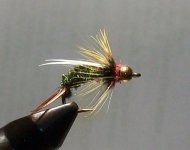 big head prince.jpg51.3 KB · Views: 5
big head prince.jpg51.3 KB · Views: 5 -
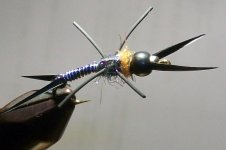 bionic steelie stone (blue).jpg50.3 KB · Views: 3
bionic steelie stone (blue).jpg50.3 KB · Views: 3 -
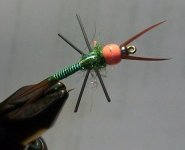 bionic steelie stone (green).jpg52.7 KB · Views: 5
bionic steelie stone (green).jpg52.7 KB · Views: 5 -
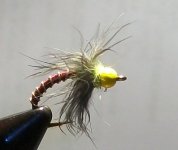 steelhead frankenbrassie (red).jpg53.2 KB · Views: 5
steelhead frankenbrassie (red).jpg53.2 KB · Views: 5 -
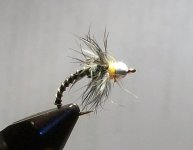 steelhead frankenbrassie (black) - Copy.jpg51.8 KB · Views: 4
steelhead frankenbrassie (black) - Copy.jpg51.8 KB · Views: 4



